SPL Phonitor 2
Headphones amplifier review
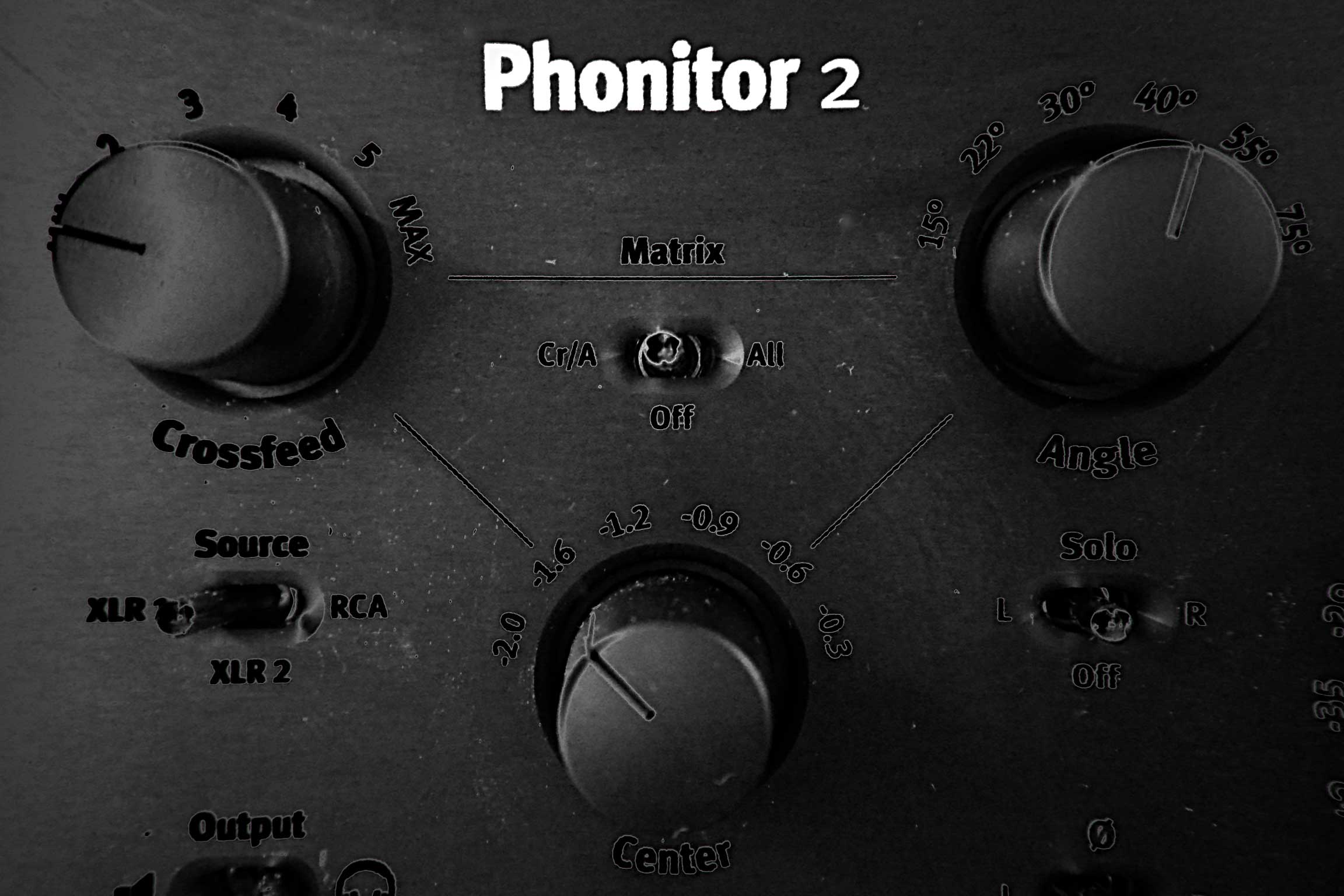

Introduction
In the world of professional audio, headphones have always been a crucial working tool especially in situations where environmental noise conditions are not at their best. Professional headphones usually have little musicality as their primary function is to monitor in the most straightforward way possible, the source that the sound engineer is listening to in order to make any necessary tonal correction.
Often, however, professional headphones are driven by modest level amplifiers, both from a qualitative point of view and that of the inherent power delivered. There are a few or very few situations in which an engineer can enjoy a dedicated amplifier, built with quality components and on which he can fully rely. We at HDPhonic have always believed that the use of high-quality headphones, if used as a listening reference and further control tool, could give a sound engineer a kind of sound microscope with which he can discover what is going on inside the mixing process of a song. Very often, however, a pair of headphones, no matter how good they are, is simply not enough and in certain cases it’s the way in which these headphones are properly interfaced that is essential. We refer in particular to processes involving the identification of background noise, clicks and possible distortion at high frequencies, or the tonal and timbre balance, or even the precise positioning of instruments within the soundstage. In order to drive a professional headset properly a dedicated amplifier is needed. It should be noted, however, that there are very few that have been developed for this purpose. One of these includes a product whose first version was a great success and not only amongst professionals. The product in question is the Phonitor, an headphone amplifier by SPL with functions that can’t really be found in consumer products. Sound Performance Lab, or SPL, in fact, is a German company that produces professional equipment, consoles and signal processors for recording and mastering studios. Following the huge success of the first version of Phonitor and after the pressing requests from numerous users, SPL has recently brought out a new and improved version of its product: the Phonitor 2.
Design
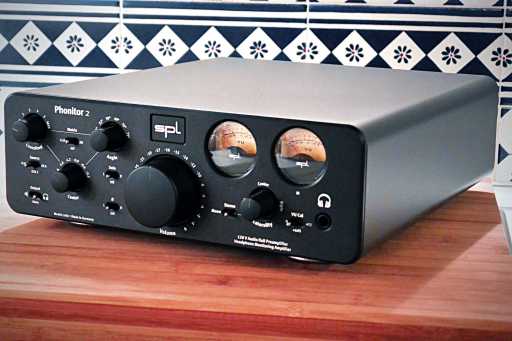
The Phonitor 2, once removed from its wrapper, left us astonished due to its impeccable build quality and excellent design. Everything is easy to set up and has a very nice design. The knobs, switches, and the presence of a pair of VU meter give the unit a very professional feel. Its uniqueness lies in the 120 volts technology already employed by SPL in its other products. While the majority of audio equipment operates with voltage variations of ± 15 volt or ± 18 volt, high-end equipment —SPL Phonitor 2 included— operate at ± 60 volts. The main advantage of this design approach is a much higher headroom value and a more natural listening even at high pressure sound levels. In fact, the op-amps of Phonitor 2 reach a dynamic range on the headphone output of 134 dB with a maximum input level on the amplifier of more than +32.5 dBu. On the front panel there is a whole series of controls.
On the left side there’s the Matrix section which contains 3 different controls, such as Crossfeed, Center and Angle that allow you to simulate the sound produced by speakers through the headset by changing the perception of the stereo image through changes in time and frequency. The Source button then allows you to select the different inputs of Phonitor 2. The Output button then allows you to redirect the output of the audio signal to the headphones or rear outputs, while the Solo button allows you to listen to the left channel or the right separately or both together. Finally, the Phase key is marked with the symbol Ø and allows you to invert the phase of one of each channel. At the center of the front panel there is the large knob to adjust the volume of the headphones and external speakers. On the right side of the front panel there’s a pair of VU meters that we noted at the beginning. Below them there’s a key that allows you to listen in stereo or mono and a small knob that adjusts the balance of the signal mode: left or right, center (mono) to recreate a sum of the two channels. The Laterality control is rather curious and unique in our opinion. It allows the person using the amplifier who suffers from hearing problems to compensate the sound perception of one of the two channels. The VU Cal key completes the front panel and allows you to calibrate the sensitivity of the VU meters according to the different input of the signal. Moving on to the rear panel; in addition to the canonical power button and the power supply socket, there are two pairs of balanced XLR inputs to connect any number of sources and a pair of unbalanced RCA inputs. The Learn button lets you use the volume control in an original way with any infrared remote control device thereby teaching the amplifier which keys have been selected by the user to increase or decrease the volume.
The Phonitor 2 can also act as a preamp. To this end, it’s equipped with a pair of 3-pin male XLR balanced outputs, which in addition to connecting a pair of powered speakers, allows you to drive headphones in balanced mode. Finally, on the bottom of the amplifier there is a series of 4 dip switches that allow you to make the following adjustments: increase the volume output of +6 or +12 dB, bring the level of RCA inputs from -10 dBV to 0 dBu, increase the level of all inputs to +12 dB including those on RCA and lastly to allow the audio signal to pass unaltered through the Phonitor 2.
Listening test
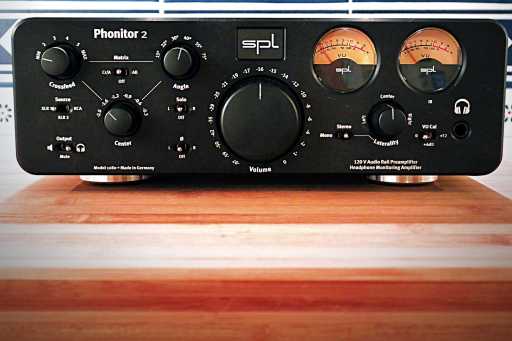
As usual, before doing any critical listening tests we let the Phonitor 2 burn in for a full week whilst linked to the balanced XLR outputs of our Tobby FireStone Audio DAC. During the test, we wanted to compare the amplifier by SPL with the Bryston BHA-1. For this purpose we used the AKG K812, the Sennheiser HD 800, HD 650 and HD 600 headphones. The songs for the test included different genres of music with different resolutions in order to check the ability and the overall sonic timbre of the unit. From the start the Phonitor 2 struck us for its neutral tone that every serious professional product should have. It’s in fact an amplifier that doesn’t take away or add virtually anything to the source. Driving the AKG K812 in unbalanced mode the amplifier showed a generous dose of authority with fuller bass in a combination that makes Phonitor 2 the perfect companion for the AKG. The sound expressed was linear, coherent, analytical and perfectly suited to audio professionals. Both the K812 and HD 800 in combination with the Phonitor 2 made it much easier to understand the placement of instruments within the soundstage. The Phonitor 2 provides a precise stereo image and good spatiality. Transients on both K812 and HD 800 are highlighted for the accuracy, sense of rhythm and speed, especially at low and medium low frequencies. The HD 800 is driven with authority, but given that it’s a higher impedance headphone than the K812, it’s slightly less effective in yield if connected unbalanced. In this regard, one of the novelties of the Phonitor 2 compared to the first version is its ability to drive headphones in balanced mode. Therefore driven by curiosity, we procured a pair of female XLR adapters to connect our Sennheiser with our balanced cable to the male XLR rear outputs of the Phonitor 2. Having selected the speaker output on the front panel, we connected the HD 800 first. We were extremely surprised but in a positive way by the combination of the amplifier with this headset. The yield of the Phonitor 2 in balanced mode reached an additional level and granted the Sennheiser flagship a sound that didn’t make us miss the sound of the HD 800 with our reference amplifier —the HPBA-2 S. The slightly warm neutral tone of the Phonitor 2 helped to partly mitigate the airy timbre of the HD 800. The dynamic was really addictive with well-balanced deep basses and with mids and trebles that are more natural in tone when compared to those expressed by other combinations of this headphone with other amplifiers.
The benefits of 120 volts technology can be fully perceived. Even at high pressure sound levels the tone of the amplifier and the headset don’t undergo many changes and you don’t feel any kind of ear fatigue with good doses of volume and power. In any case, in balanced mode we felt that Phonitor 2 is more comfortable with slightly more open sounding headphones like the HD 800 and the HD 600. The HD 650, when equally driven balanced with the Phonitor 2, while showing a good synergy, was not at the same level as the HD 800 and HD 600. The HD 650 on the other hand seemed to make the most of the BHA-1 in balanced mode. The Bryston compared to the Phonitor 2 has a slightly higher impact and speed for transient articulation with a slightly brighter tone, all of which are features that help the HD 650 to unleash its full potential. Even if the HD 800 driven in balanced mode with the Bryston is a combination of high sonic level, in our humble opinion, the German flagship shows its best when combined with the Phonitor 2 exclusively in balanced mode. The same can be said of the AKG K812 which has found, rather than the BHA-1, an ideal companion in the Phonitor 2. We also found interesting the Matrix section controls which, as we reported earlier, are present on the left side of the front panel of the amplifier and are designed to emulate a listen through speakers with headphones, allowing the engineer to have a more precise sound idea, both for the placement of the various instruments, and the amplitude of the sound stage. To tell you the truth during our listening tests, while finding all these functions certainly an interesting addition, we chose to focus on evaluating the Phonitor 2 just like a plain headphone amplifier comparing its sound output with various headsets and amplifiers of equal level.
Final thoughts
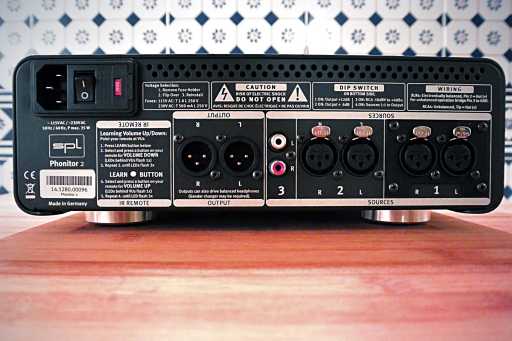
The Phonitor 2 is an excellent product that is well built and has a great sound. It can provide a reference listening with its many functions and the type of technology implemented, not only to professionals but also to more demanding enthusiasts. It’s not necessary then to use high level or pricey headphones because even the HD 600, which has a relatively low cost, provides noteworthy performance especially if connected in balanced mode. It must be said, however, that driving headphones through the balanced XLR connectors on the rear of the Phonitor 2 is not as simple and easy as you might think. Moreover, it is definitely less convenient and practical than the front entrances provided by other amplifiers. In most cases, adapters are required because most of the balanced headphone cables are terminated with 3-pin XLR males connectors. Apart from these small drawbacks, we can safely conclude that both the professional music producer and many fans of listening through headphones, should have the Phonitor 2 in their list of headphone amplifiers. Its features and its sonic performance place it a world apart especially when compared to other products. For us at HDPhonic the Phonitor 2 is highly recommended.
Personal Opinion
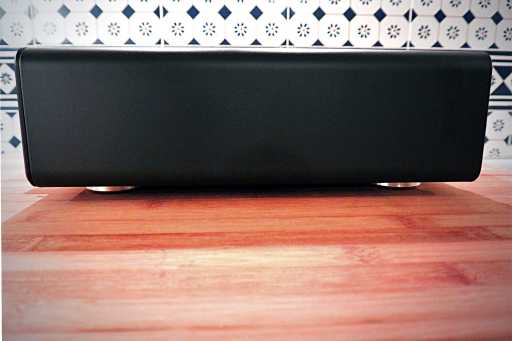
I want to be sincere. If I did’nt already own the HPBA-2 S I’d instantly buy the Phonitor 2 to drive the HD 800 in balanced mode. I really enjoyed pairing the Phonitor 2 with the Sennheiser top of the line and I wouldn’t have any problems using this combo for some audio mastering sessions. It’s really impressive how the Phonitor 2 manages to keep the tone intact even at high pressure sound levels showing no ear fatigue and no problem in unleashing all the dynamics present in the source or in the song you’re listening to. The only things I can point out are the discomfort of connecting headphones for balanced mode on the rear panel with the need to use adapters and perhaps, the need for more power with high impedance headphones. However these are only small sins that don’t affect the constructive high level and the high sonic performance of the amplifier that is destined to become one of the new references in the professional field. Well done SPL!
Score
- Scoring110
- Sound quality [1]
10 - Bang for the buck [2]
8 - Measures [3]
10 - Build quality [4]
10 - Versatility [5]
9 - Overall rating
9
- 1. The sound quality is really excellent especially in balanced mode
- 2. The bang for the buck of the unit is very good
- 3. The measurements reported excellent linearity on different parameters
- 4. Build quality and aesthetics are excellent
- 5. Versatility is wide-ranging and reaches its climax in balanced mode








